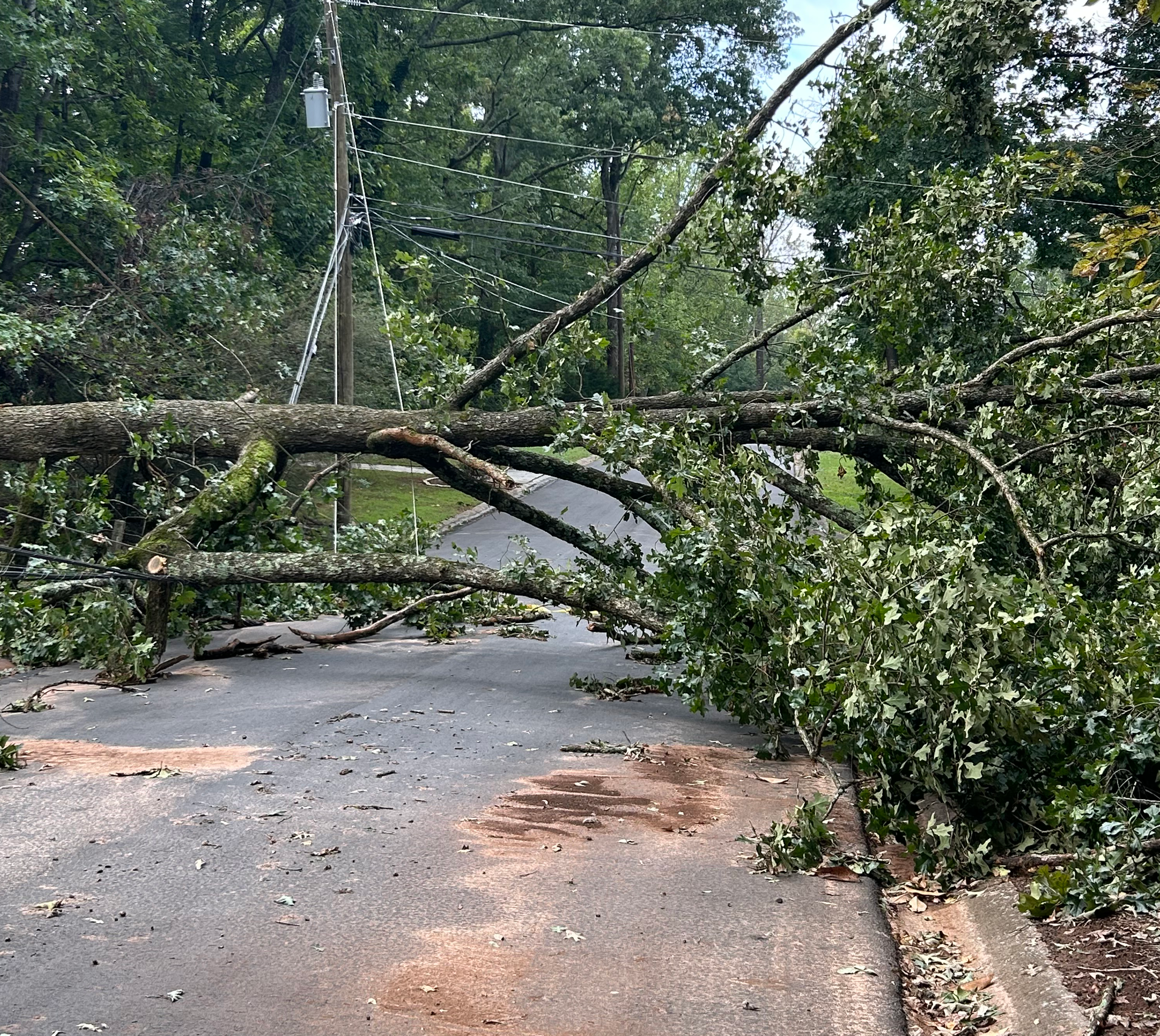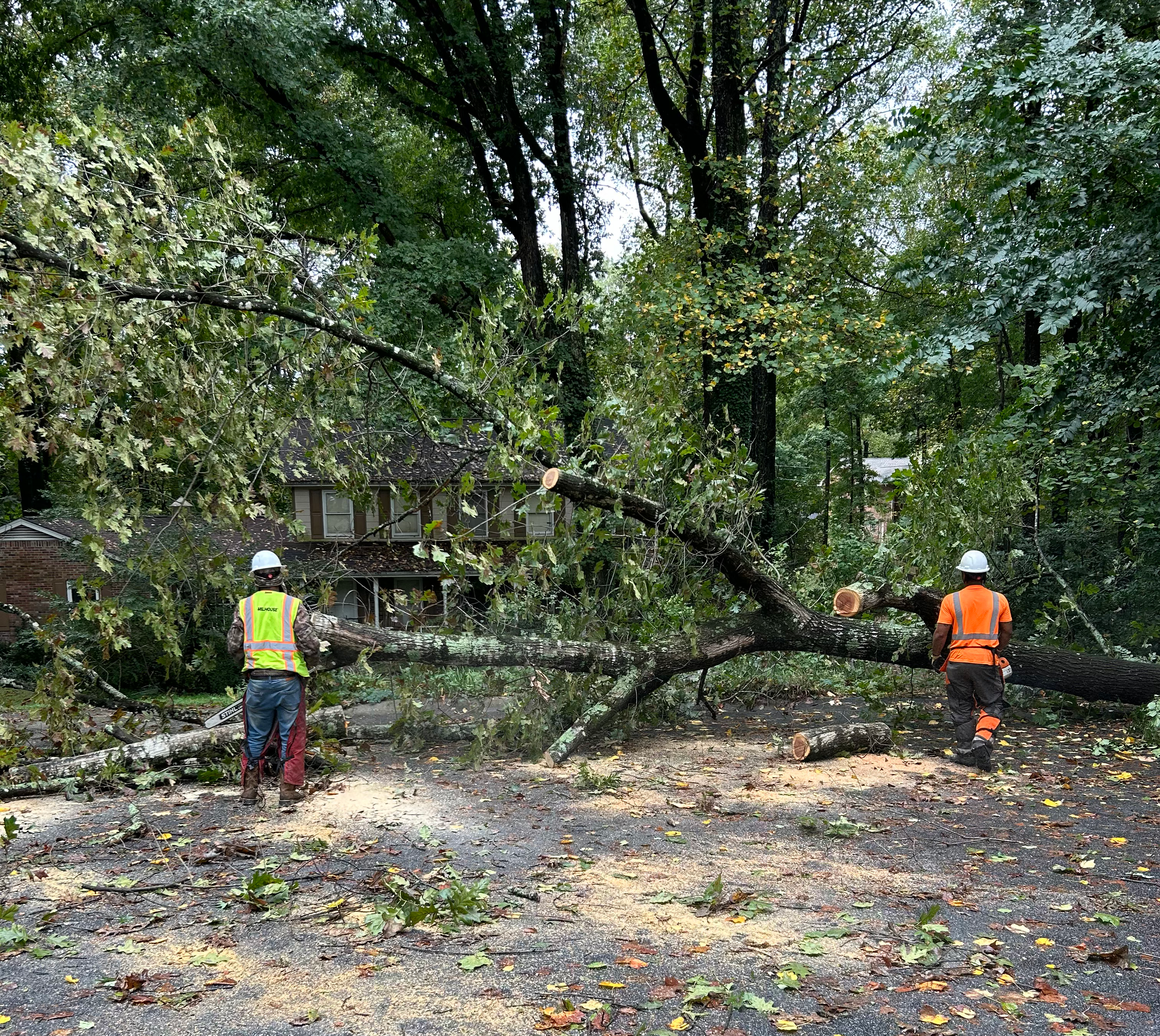Insights • January 14, 2025
Emergency Storm Response Service and Community Restoration
Emergency storm response services are often the first line of aid deployed in the face of natural disasters. When heavy winds tear through neighborhoods and flood waters rise, people’s homes, towns, and communities can be devastated. These emergency services help mitigate risk, mobilize resources, and restore community infrastructure. They are crucial not only for offering immediate care but also for helping communities rebuild and recover.
What are Emergency Storm Response Services?
Emergency storm response services provide aid, relief, and support during and after natural disasters like hurricanes, tornadoes, earthquakes, and forest fires. These services operate through coordinated efforts between government agencies, utility companies, and emergency responders. In the aftermath of a natural disaster, these organizations work together to mitigate immediate dangers and protect those impacted by power outages, flooding, high winds, and structural damage. The effectiveness of emergency storm response measures depends on the ability of government agencies, first responders, and utility companies to act quickly and efficiently. In the first 72 hours after a natural disaster, emergency teams typically focus on clearing pathways for emergency vehicles, restoring power to infrastructure facilities like hospitals, and offering immediate aid to affected residents. They can also provide damage assessment, debris clearance, utility line restoration, and reconstruction of housing and shelters. Their primary objectives are to minimize damage, protect human life, and facilitate community recovery.

Utility Companies’ Role in Emergency Storm Response Services
Rapid restoration of utilities is vital to ensuring communities regain access to power and running water. Without power, residents can lose contact with communication networks, making it difficult to call emergency services during medical crises. Food preservation becomes challenging, and vulnerable populations like children and the elderly face increased health risks. Recognizing these risks, utility providers are always prepared to act if an outage occurs. New technologies like climate and geographical trends analyzation, advanced storm tracking, and predictive data modeling are used to anticipate and stop potential hazards before they occur. For example, a utility provider might use advanced storm tracking ahead of a Category 5 hurricane to strategically shut down power in areas projected to experience severe flooding or high winds to prevent electrical incidents. Immediate debris clearance is also critical since clearing roads, bridges, and power lines allows emergency responders to access affected areas. When Hurricane Helene hit the Southeastern United States in 2024, utility providers like Southern Company “pre-positioned 10,000 restoration workers, equipment, and supplies near areas of anticipated impact,” enabling aid to be immediately distributed after the storm had passed. Utility companies like Southern Company can help communities recover from disasters and save lives by being prepared. By building strong infrastructure and connecting with residents, these companies provide support and resources when people need them most. This proactive approach ensures safety and helps create stronger communities that recover better after severe weather events.
How Can Damage Be Prevented?
Vegetation management is a popular damage prevention measure. Strategic tree trimming and landscape maintenance near power lines can significantly reduce the risk of widespread outages during hurricanes, snowstorms, and wildfires. This approach protects power infrastructure and minimizes potential property damage and community disruption.
Milhouse Forestry’s core mission focuses on infrastructure resilience, including emergency storm response services like strategic line clearance, vegetation management, and logistical support for utility providers nationwide. In 2024, Georgia Power and Atlanta Gas Light deployed our emergency response teams to Mississippi and Georgia after Hurricanes Francine and Helene. We addressed the extensive damage caused by high winds and flooding by providing debris, line, and road clearance, successfully restoring power to 35,000 residents. A rapid response like this accelerates infrastructure restoration, allowing residents to regain a sense of normalcy and communities to begin functioning again.

Emergency storm response services are critical for establishing, organizing, and managing resources after a natural disaster. Milhouse Forestry is committed to working closely with power utility companies to help communities restore and rebuild after natural disasters. We recognize that behind every downed power line, there are families, businesses, and communities who need our help to recover. Our approach goes beyond immediate response; we focus on damage prevention, infrastructure protection, and swift service restoration to minimize disruption and support community resilience.


